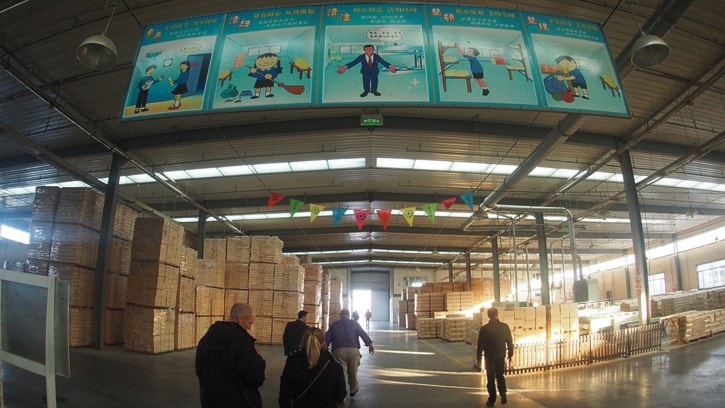Getting better access for value-added wood products in Asia and the U.S. is a big part of a new B.C. government wood industry competition strategy.
The includes seeking exemptions from trade quotas for specialty lumber and wood products in a new softwood lumber agreement with the U.S., which expired last fall. A pilot project is proposed to help smaller value-added producers market in the U.S.
Forests Minister Steve Thomson said discussions between Canada and the U.S. for a new agreement are "intense and ongoing," but preparations are being made to defend against U.S. trade actions that could begin after a one-year standstill period expires Oct. 12.
"I think it's fair to say that we are still significantly apart in terms of what we feel needs to be in the agreement as compared to the current U.S. position, but that work continues," Thomson said. "For us it's not an agreement at any cost. It's got to work for BC, and for Canada."
According to customs data reported last week by Seattle-based Wood Resources International, Canada's wood exports by value were down 18 per cent for the first six months of 2016, with a shift to U.S. sales in the absence of a softwood lumber quota.
"The biggest change in the past year has been the substantial decline in Canadian shipments of softwood lumber to China because of sawmills in British Columbia directing their sales to the healthy U.S. market," Wood Resources International said in its latest quarterly report.
Susan Yurkovich, president of the Council of Forest Industries, said inventory data from China is difficult to obtain, but it remains a key market for B.C. producers.
Rick Jeffery, president of the Coast Forest Products Association, said the B.C. industry's China strategy is to move beyond low-value lumber.
"A big part of this plan includes exporting our building systems technologies and building product technologies into countries like China to help them build more with wood in multi-residential and non-residential kinds of applications, which is good for trade and also good for the environment because of the carbon capturing nature of wood products," Jeffery said. "We're hopeful that our strategy will give us increased market share in China as the Chinese economy rebounds."



